SUMMARY
This is AI generated summarization, which may have errors. For context, always refer to the full article.
The Department of Health (DOH) sang a different tune on Tuesday, September 8, after Interior Secretary Eduardo Año said the government was eyeing a ban on home quarantine of COVID-19 patients.
In a statement, the DOH explained it “has always been consistent” in saying facility-based quarantine “is preferred.” The agency said, however, that the home quarantine option “needed to be considered” as they built more treatment and monitoring facilities.
According to the DOH, home quarantine “is encouraged only when all of the following (not just some) requirements are strictly met”:
- the patient should have a solo room and solo toilet
- the patient should not be living with elderly persons
- the patient undergoing home quarantine is regularly monitored by their Barangay Health Emergency Response Team
If these conditions are not met, the patient should be transferred to a quarantine facility, the DOH said.
In a CNN Philippines interview on Tuesday morning, Año said the government was planning to “strictly implement” a “no home quarantine” policy “within the week,” in an attempt to contain the virus.
He said there will be exceptions but the plans have yet to be finalized. He gave a hypothetical example wherein an elderly woman, who might be difficult to take care of in an isolation facility, could be exempted from the ban.
“Let us not lose sight of the issue here. There’s no need to pit one government agency with another. We might just confuse the public,” the DOH said.
The DOH reminded the public – if they are experiencing symptoms of COVID-19 and might have been in contact with a positive case – to always take precautionary measures and isolate themselves.
The government has allowed asymptomatic and mild COVID-19 cases to undergo home quarantine, but this proved to be difficult to regulate and has been cited as among the possible reasons driving coronavirus cases in the country.
This is the latest in a series of conflicting statements from agencies under the government’s coronavirus task force. It comes at a time when the Philippines is dealing with the coronavirus pandemic that has claimed over 3,800 lives and left over 4.6 million Filipinos jobless.
As of Monday, the Philippines still has the highest number of COVID-19 infections in Southeast Asia at 238,727 cases, despite having the longest lockdowns in the world. – Rappler.com
Add a comment
How does this make you feel?

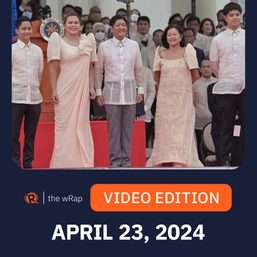
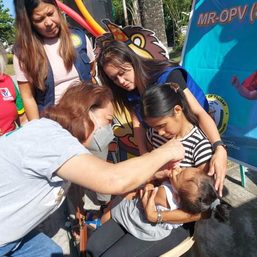
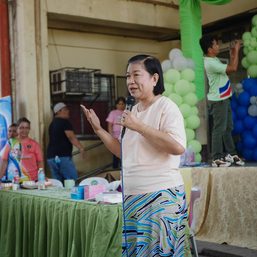
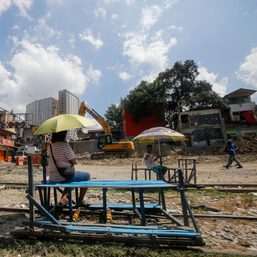
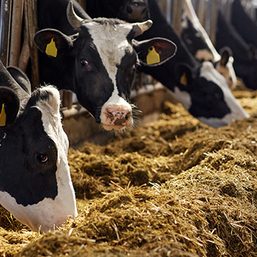
There are no comments yet. Add your comment to start the conversation.